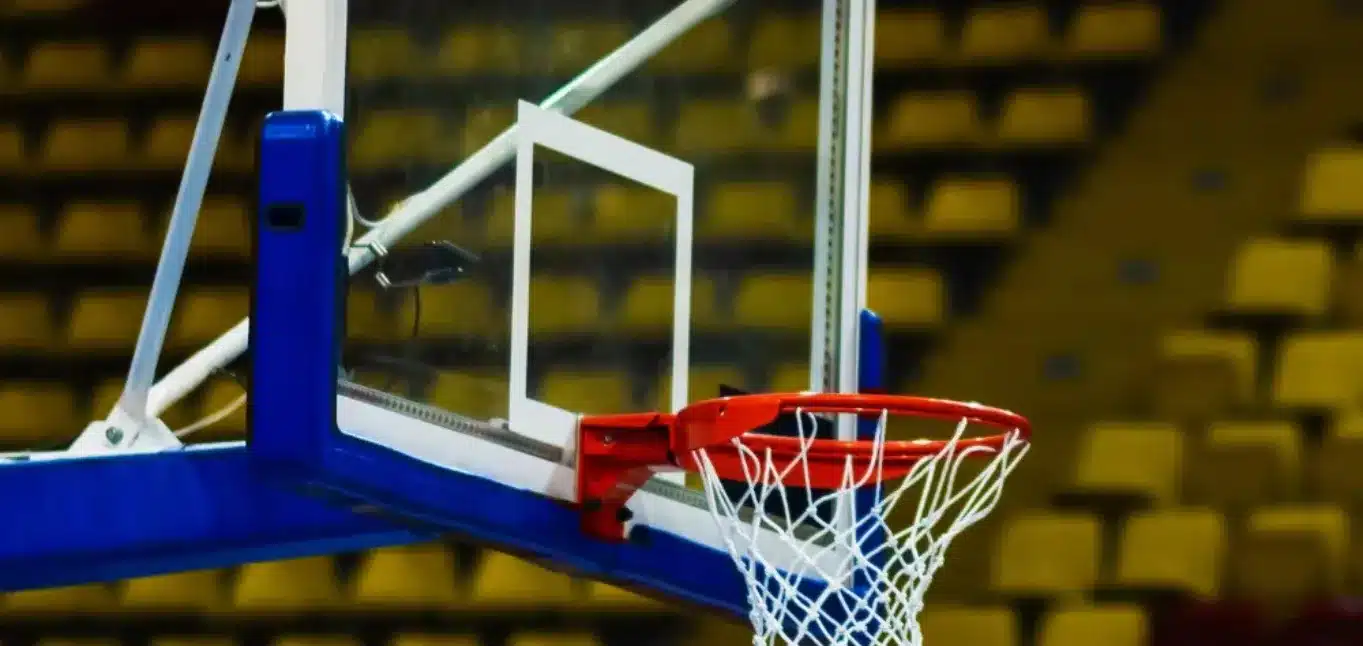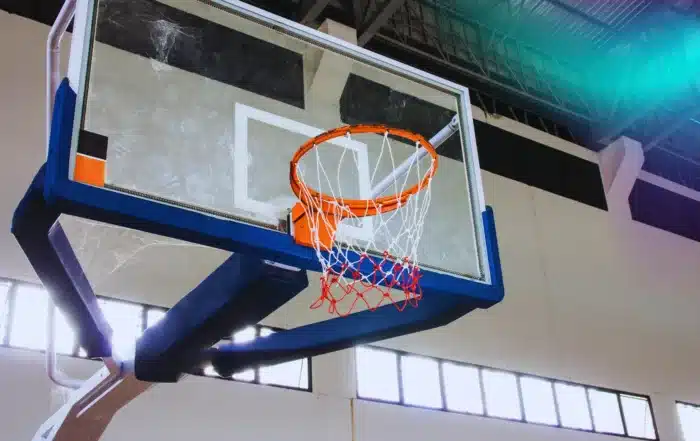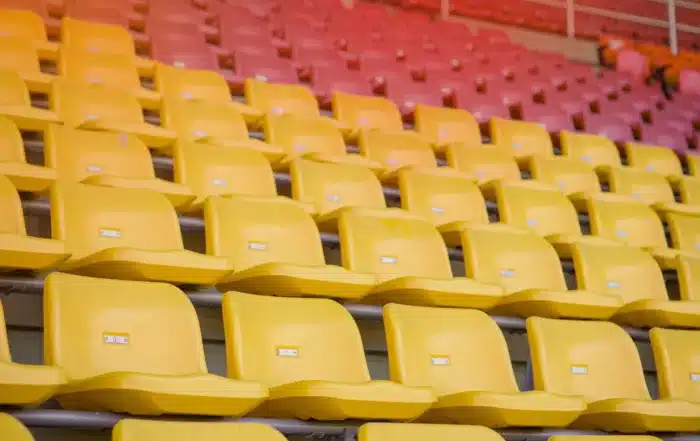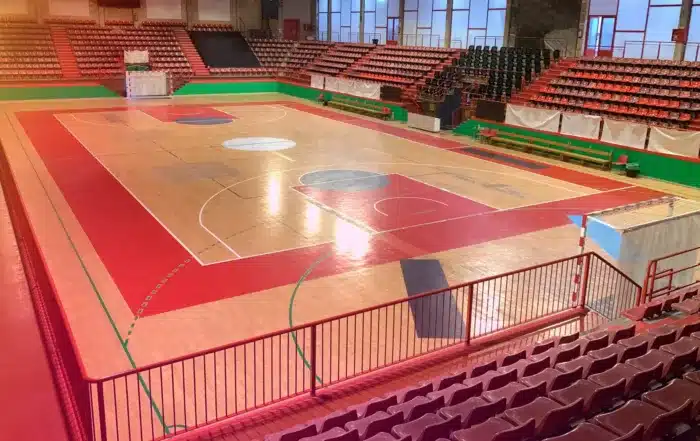
Whether you’re outfitting a school gym, a public park, or your backyard, choosing the right type of basketball backboard is essential. At MW Billings, Inc., we pride ourselves on providing tailored guidance to help you make the best choice. Here, we compare glass backboards with other outdoor alternatives to help determine what suits your facility best.
Why Choose Glass Backboards?
Glass backboards are the gold standard for professional-level performance, used in high schools, colleges, and professional leagues like the NBA.
- Unmatched Rebound Quality: Glass backboards provide optimal ball rebound, replicating the feel of professional courts. This consistency is vital for players practicing bank shots and rebounds.
- Professional Aesthetic: Tempered glass offers a sleek, clear appearance that adds a professional touch to any court.
- Durable Construction: Modern glass backboards are made with tempered glass, which is 5–10 times stronger than regular glass and shatters into small, safe pieces if broken.
- Long-Term Value: Although glass backboards are more expensive upfront, their durability and resistance to scratches ensure they remain functional and visually appealing over time.
However, they do require proper maintenance and robust support systems due to their weight and susceptibility to environmental elements like cracking from extreme temperature changes.
Alternative Outdoor Backboards: Acrylic, Polycarbonate, and Steel
For outdoor courts, other materials like acrylic and polycarbonate often come into play, especially when durability under harsh conditions is prioritized over professional-grade performance.
Acrylic Backboards:
- Resemble glass but are lighter and less expensive.
- Offer decent rebound but are prone to scratches and yellowing over time.
- Ideal for intermediate players or recreational courts with tight budgets[4][6][9].
Polycarbonate Backboards:
- Known for their extreme durability, making them a good choice for rough play and public parks.
- Poor rebound quality compared to acrylic or glass, which may impact serious practice sessions.
Steel and Fiberglass Backboards:
- Steel excels in durability for high-traffic areas like urban courts but lacks the professional feel of glass.
- Fiberglass and composite materials are weather-resistant and cost-effective but offer mediocre performance compared to acrylic and tempered glass.
Key Considerations for Your Facility
Determining the right backboard depends on several factors:
- Purpose of the Court: For professional-level play or training, tempered glass backboards are essential. For casual or recreational use, acrylic or polycarbonate may suffice.
- Budget: Glass backboards are a long-term investment, whereas acrylic or fiberglass options provide a more affordable solution with adequate durability for recreational use.
- Weather Resistance: Acrylic and polycarbonate backboards handle outdoor elements better, making them ideal for open-air courts.
- Player Skill Level: Advanced players benefit most from the consistent rebound of glass backboards, while beginners or casual users can adapt to more forgiving materials like polycarbonate.
Why MW Billings, Inc. Is Your Go-To Provider
At MW Billings, Inc., we specialize in premium glass backboards and expert installations designed to meet your specific needs. From schools to athletic centers, we ensure every project is handled with precision. Our Superglass options, such as the Collegiate and Conversion Backboards, offer professional-grade solutions tailored to high-performance environments.
Conclusion
Glass backboards provide a professional playing experience and long-term durability, making them an excellent choice for schools, sports facilities, and serious players. For outdoor recreational courts, materials like acrylic or polycarbonate offer a practical balance between cost and performance. Whatever your needs, MW Billings, Inc. has the expertise to guide you to the perfect solution. Contact us today to equip your facility with the ideal basketball backboard system.


